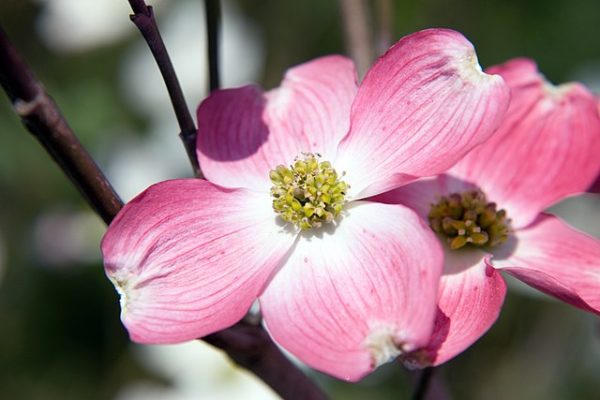

Maybe it’s because I don’t double dig my planting holes. I’m not highly successful with any of those! Maybe it’s because I don’t have a sprinkler system. It prefers high shade or basically the same areas in a landscape that grow azaleas, camellias, gardenias, and hydrangeas well. Heck, it doesn’t even want to be in Texas for that matter!Ĭornus florida is happiest in acidic, sandy loam soils with good drainage and regular moisture. The problem with flowering dogwood is that it doesn’t want to be in Brazos or Tarrant Counties. It however reaches its western limit in Texas where I’ve seen it in the wild in Brazos and Tarrant Counties. Flowering dogwood (Cornus florida) is one of the most popular and showy small flowering trees in Eastern North America. I can say to this day that I’ve stayed true to my promise with the dogwood trees. I literally discarded hundreds if not thousands of Texas bluebonnets. Because I have an eye for color, my job was to rogue out (pull up) any that weren’t the right shade/tint of red, white, pink, maroon, etc. Jerry Parsons in San Antonio on his red, white, and blue colorization project early in my career. The bluebonnet vow went out the window when I had the pleasure of working with my mentor Dr. That doesn’t keep me from trying, however. I dearly love each of them, but both have proven difficult for me to cultivate in my life.


I made two vows to myself as a budding young gardener to never pull up a bluebonnet and to never chop down a dogwood tree.


 0 kommentar(er)
0 kommentar(er)
